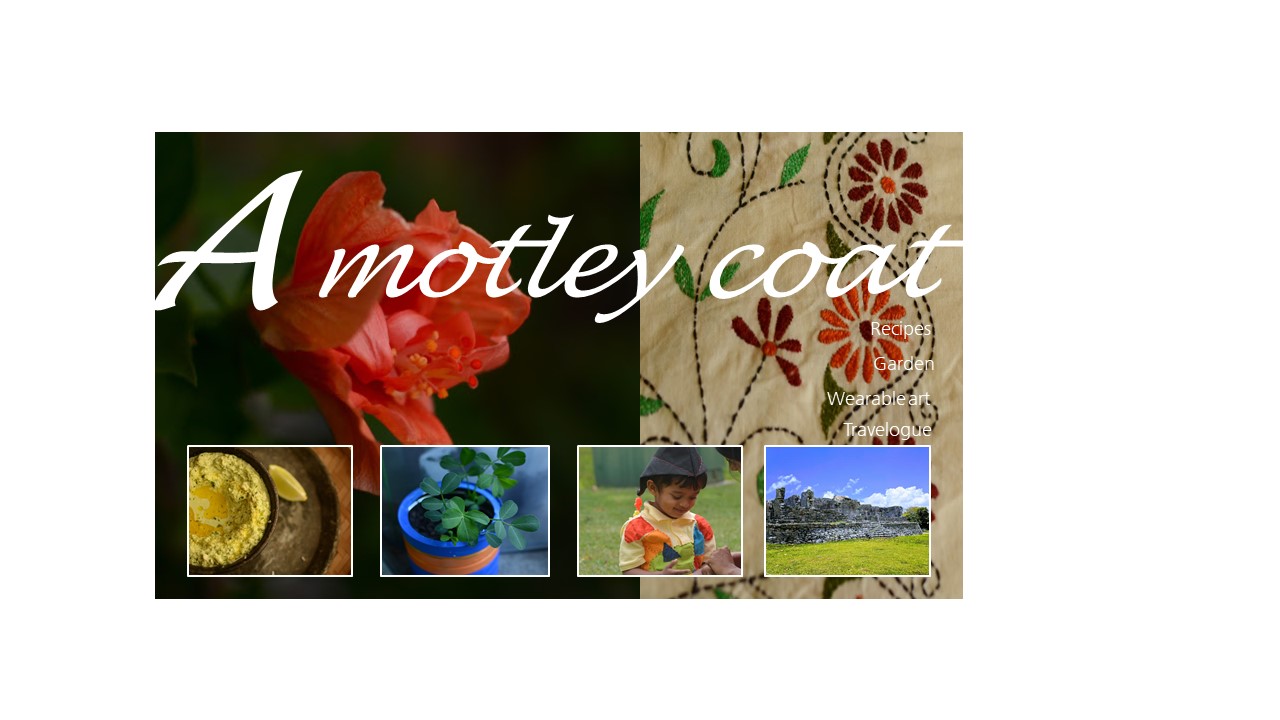Winds were howling outside and there were flashes of thunder.
As the dawn broke, there were series of weather alerts in my phone. I called up the daycare, automated voice message told me due to inclement weather the day care is closed.
I felt like a little girl, who said "yay, rains"!
Outside the windows, trees were swaying with the downpour.There was watery silence everywhere - the steady drift of water on the bark of pine trees next to our balcony, the swimming pool brim almost overflowing. Raindrops seemed to have kissed the Kalanchoes and Jasmines.
P called back from work and asked if we are going to have Khichuri for lunch!
The best thing about rainy day is to eat comfort food. Nothing quite compares the joy of having piping hot khichuri and spicy fries on a rainy day.
A Khichuri is a hearty meal made up of rice, lentils and veggies, served with a dollop of ghee (clarified butter).
Our lunch plates looked like this : Khichuri, dim bhaja (omelette), potol bhaja (pointed gourd fries), tomato chutney. I also made a drink of green mangoes!
I meant to share the recipe of green mango juice or aam pana. Ideally a green mango is roasted in open fire. Pulp is extracted, mixed with spices to create the drink. But I don't have a ready access to open fire, I had to resort to simple boiling .
Recipe for aam pana /green mango drink ( serves 2)
1 green mango
1/2 teaspoon of grated ginger
Roasted spices :2 teaspoon (1 teaspoon cumin, 1 teaspoon coriander and 1 dried red chilly slightly roasted, crushed to powder)
Rock salt : as you need
Sugar as you need
Water to boil
Method:
- Wash the mango and chop it into big chunks
- Bring water to boil. Add the grated ginger. Add a pinch of rock salt and sugar
- Add the mango pieces, cover it and let it boil until the pulp becomes tender
- Once it is soft, turn off heat and let it cool completely
- Scoop out the mango pulp. Add the roasted spices, rock salt and sugar. Your concentrate is ready.
For serving : take generous scoop of the mixed pulp and add to cold water. Add more rock salt and sugar and enjoy!










